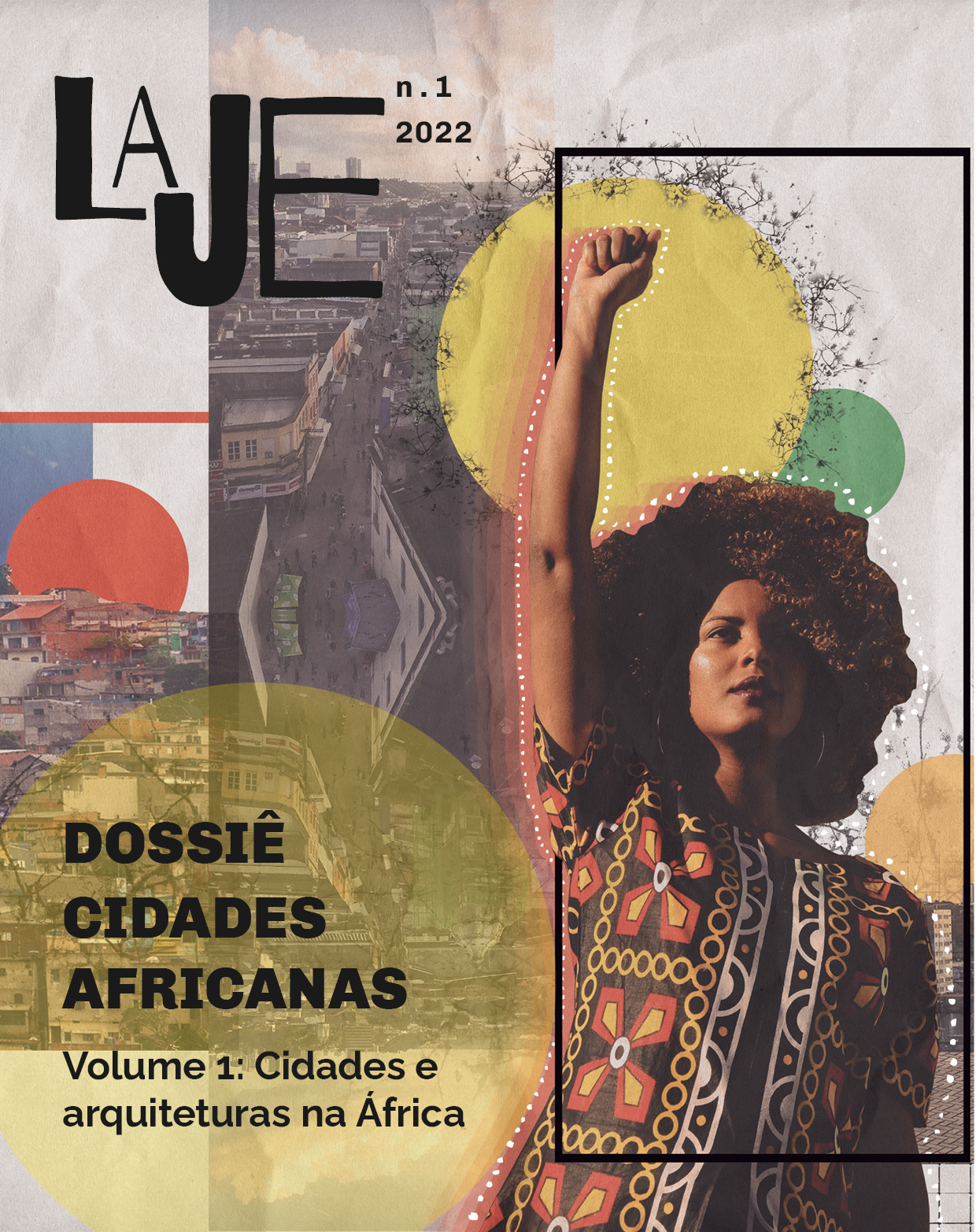Reading the architecture of the underprivileged classes
DOI:
https://doi.org/10.9771/lj.v1i0.54543Keywords:
Vernacular Architecture, Emerging Architectural Productions, Social Consciousness in Contemporary ArchitectureAbstract
Seeking to “read” the architecture of the underprivileged classes, the text intends to take another look at the global architecture that is neither mentioned nor discussed in history books, and therefore considered unknown and undefinable by professionals and theoreticians in the field. The words “underprivileged classes” in the title of the book and the text have been carefully chosen to demonstrate how the absence, or presence, of architects in the design of the built environment reinforces certain social stereotypes when non-architects with limited economic means build their own homes in emerging urban centers around the world, with relevant meanings for discourse and social awareness in contemporary architecture. The texts are gathered under the themes: pre-modern cities without the registration of “slum” types in our discourse; confronting the vernacular with the “modern” urban architectural productions of the underprivileged classes; theorizing the architectural productions of the underprivileged classes; the theory of transition: the links between vernacular and modern architectural productions. Each of these four sets, evokes reflections that subsidize the central discussion undertaken, thus the essays in this book, critically, grounded and consistent, discuss a global type of architecture, highly pervasive in urban centers, built by people who do not have access to architectural services, although mainly in parts of the developing world(Since there is no abstract in the original text, this was done by the editors).


